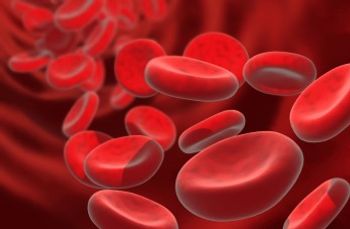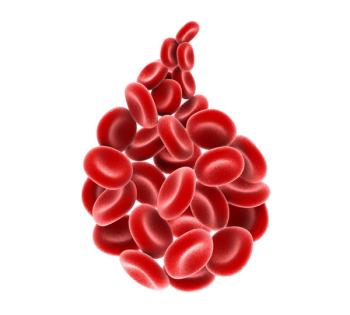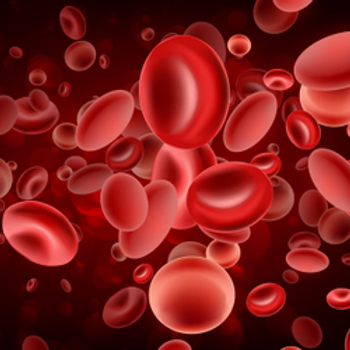
Oncology NEWS International
- Oncology NEWS International Vol 10 No 10
- Volume 10
- Issue 10
MRI Method Predicts Early Response
NEW ORLEANS-Diffusion-weighted MRI reveals rapid changes in tumor water diffusion values after successful therapeutic intervention in solid tumors. It therefore appears capable of predicting treatment response within days of initiating therapy, Brian D. Ross, PhD, of the University of Michigan, said at the 92nd Annual Meeting of the American Association for Cancer Research (AACR).
NEW ORLEANSDiffusion-weighted MRI reveals rapid changes in tumor water diffusion values after successful therapeutic intervention in solid tumors. It therefore appears capable of predicting treatment response within days of initiating therapy, Brian D. Ross, PhD, of the University of Michigan, said at the 92nd Annual Meeting of the American Association for Cancer Research (AACR).
Diffusion-weighted MRI yields information by testing the integrity of tumor cell membranes. The system tracks the ease with which water travels microscopic distances. The unbroken outer membranes of normal cells slow the movement of the water molecules, but "punctured" membranes around dead or dying cells allow water to diffuse more freely.
The diffusion-weighted MRI follows the random motion of water in the body, and yields a number that describes changes in tumor water diffusion values, Dr. Ross explained at a press conference.
Dr. Ross and his colleagues, including Thomas L. Chenevert, MD, who presented the findings, evaluated the method in rodents and have also obtained preliminary results in 12 primary brain tumor patients.
One patient, a 13-year-old female, had less than 20% tumor shrinkage after 8 weeks of therapy, which corresponded with a small increase in the diffusion coefficient of the tumor. "In this case, we could detect what we think is very small cell kill, even though it is not a significant therapeutic effect. In a clinical trial, this might indicate that a dose escalation or different route of administration should be tried," Dr. Ross said.
A second patient in the series had no regression of tumor, which correlated well with the total lack of change in diffusion, he reported. Outcomes are pending on other patients.
Articles in this issue
about 24 years ago
High-Dose IL-2 Is Standard in Advanced Renal Cell Cancerabout 24 years ago
RIT Safe, Effective in Elderly and Poor-Prognosis Patientsabout 24 years ago
FDA Approves Xeloda/Taxotere Combination for Advanced Breast Cancerabout 24 years ago
ODAC Recommends Approval of Radiolabeled Zevalinabout 24 years ago
Proteomics Moves From the Laboratory to Clinical Researchabout 24 years ago
Radiotherapy Not Needed in Older Lumpectomy Patients With Early Cancerabout 24 years ago
Raltitrexed + Oxaliplatin for Advanced Colorectal Cancerabout 24 years ago
Mental Fatigue Worries Chemotherapy Patientsabout 24 years ago
Patients Urged to Work With Professionals Against Fatigueabout 24 years ago
NCI Director Resigns to Head New Scientific InstituteNewsletter
Stay up to date on recent advances in the multidisciplinary approach to cancer.


















































































